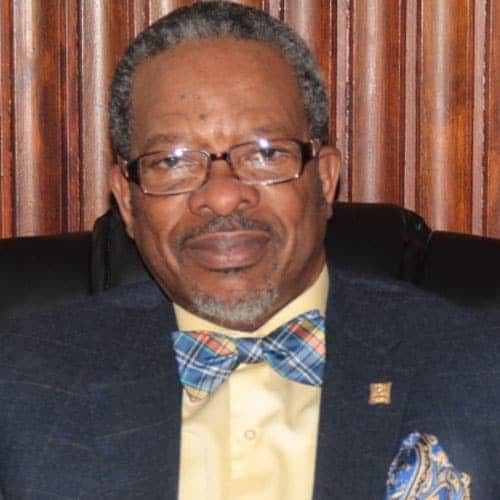By Ivelaw Lloyd Griffith
This year electoral winds will blow across eight Latin America and the Caribbean countries—Belize, Bolivia, the Dominican Republic, Guyana, St. Kitts and Nevis, St Vincent and the Grenadines, Suriname, and Trinidad and Tobago. Serious contenders cannot afford the luxury of focusing only on the run-up to the elections; they also must consider possible electoral outcomes and life after victory.
This surely is true of Guyana, which will have the most consequential elections of the eight countries, because of the economic boom driven by the massive offshore oil find there. Whoever wins the March 2 elections will need to ponder some geopolitical realities and make some tough decisions about what we may call the three “geopolitical neighborhoods”: the proximate neighborhood; far-away neighborhoods; and the wet neighborhood.
Brazil, Suriname, and Venezuela are the key nations in the proximate neighborhood, with Venezuela dynamics being the most consequential of the three. March will also see a decision in the efforts to resolve Venezuela’s territorial claim to a large swatch of Guyana. Public hearings before the World Court will begin on the 23rd. This issue will command the attention of Guyana’s leaders in the near future.
Guyana’s neighbor, Suriname, also has been a sensitive one, with both maritime and territorial disputes. The contest over the 31,600 km2 maritime zone ended in September 2007 when the UN Convention of the Law of the Sea Tribunal awarded Guyana two-thirds of the disputed area and Suriname one-third. However, the 15,540 km2 New River Triangle is still in dispute.
As with Guyana, Suriname’s elections in May will most likely see electoral winds blow gusts of continuity. Suriname also has an oil boom in the offing. On January 7, American-owned Apache Corp and French-owned company Total SA announced a major offshore discovery. Because of the preoccupation with petroleum pursuits, among other things, it is likely that neither Guyana nor Suriname will make the border dispute a top priority.
Guyana is now a serious magnet for people and businesses. The embassy in Guyana recently reported fielding inquiries from over 100 American companies about setting up operations in Guyana. American Airlines now flies there, Jet Blue will launch its service this April, and Delta might resume its service.
Oil is not the only economic game in town, though. Guyana boasts gold, diamonds, bauxite, agriculture, timber, and tourism. To his credit, president Granger has long maintained his commitment to economic diversification. So, non-oil areas also will attract people from far-away neighborhoods. Indeed, as Guyana’s appeal grows because of oil and the economic diversification, interested parties may soon wander to Guyana’s shores from places some Guyanese never knew existed.
Most trekkers will make lawful ingress, but many will try to enter illegally. Guyana’s post-elections leaders must prepare for this, not only by boosting border control and immigration services but also strengthening the nation’s public security capabilities. Focused attention on cybersecurity will be needed, as Guyana’s business boom will attract cybercrime. Special attention also should be paid to preventing a resurgence of piracy. Overall, major investments in the country’s public security will become a geopolitical imperative, both to enhance safety and security at home and mitigate the impact of people from far-away neighborhoods.
Guyana is in a wet neighborhood. Called “Land of Many Waters,” it has some 965 miles of navigable rivers and a 285-mile Atlantic coast that is below sea level as much as six feet in some places. Not only does the capital city lie along the coast, but 80 percent of the population lives there. Therefore, Guyana is vulnerable to coastal flooding and experienced a devasting episode in January 2005 when flooding affected about 84 percent of the population, killed 34 people and left an estimated US$500 million in damages.
In 2011, the Union of Concerned Scientists explained that “the Guyana coast is subsiding owing to groundwater extraction, soil compaction, and drainage of wetlands. From 1951 to 1979, sea level off Guyana rose at a rate some six times the global average, (0.4 inch, or 10.2 millimeters per year), around six times the twentieth-century average or three times 1993 to 2009 annual average.”
Thus, the wet neighborhood dangers necessitate relocating at least the capital city. Regrettably, I suspect it will take another—and, perhaps, worse than 2005—flood disaster to propel action in this respect. Some of the urban planning investments contemplated are laudable. But the planned creation of a new city of Ogle along the coast complicates things.
Guyana is facing exciting, transformational times. However the electoral winds blow, the post-elections leaders will have to manage several challenges, including imperatives related to the proximate neighborhood, far away neighborhoods, and the wet neighborhood.






